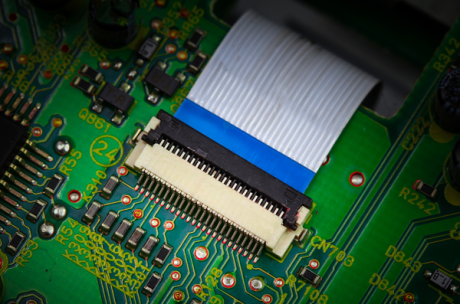A great looking image depends not only on the quality of the display, but also on the performance of the interface between the display and the host processor.
Until now, the main options for interfacing a display to the processor in the majority of embedded applications has been LVDS or RGB. Another option is emerging though, which is faster, lower power and more compact – MIPI. This interface specification is not exactly new as it is already widely used in consumer electronics such as smartphones and tablets, but it is new to the industrial space and is becoming increasing available across a range of display and embedded products.

What is a MIPI interface?
The MIPI Display Serial Interface (MIPI DSISM) is a high-speed interface between a host processor and a display module, enabling displays to achieve high performance, low power, and low electromagnetic interference (EMI) while reducing pin count, which makes schematics and layout of the board much easier. Designers can use MIPI DSI to facilitate brilliant colour rendering and depth for the most demanding imagery and video scenes.
There is an enhanced specification, MIPI DSI-2SM to support ultra-high definition (4K) and higher resolutions. MIPI Alliance has also initiated the development of MIPI TouchSM that will make it easier in the future to integrate touch features.
MIPI helps overcome tight mechanical constraints as it uses less lanes for faster speed, and also supports increased display resolutions. The first displays and embedded modules supporting DSI are now coming on the market and offer data speeds of up to 1.5Gbps per channel – ideal for fast moving graphics or video.


